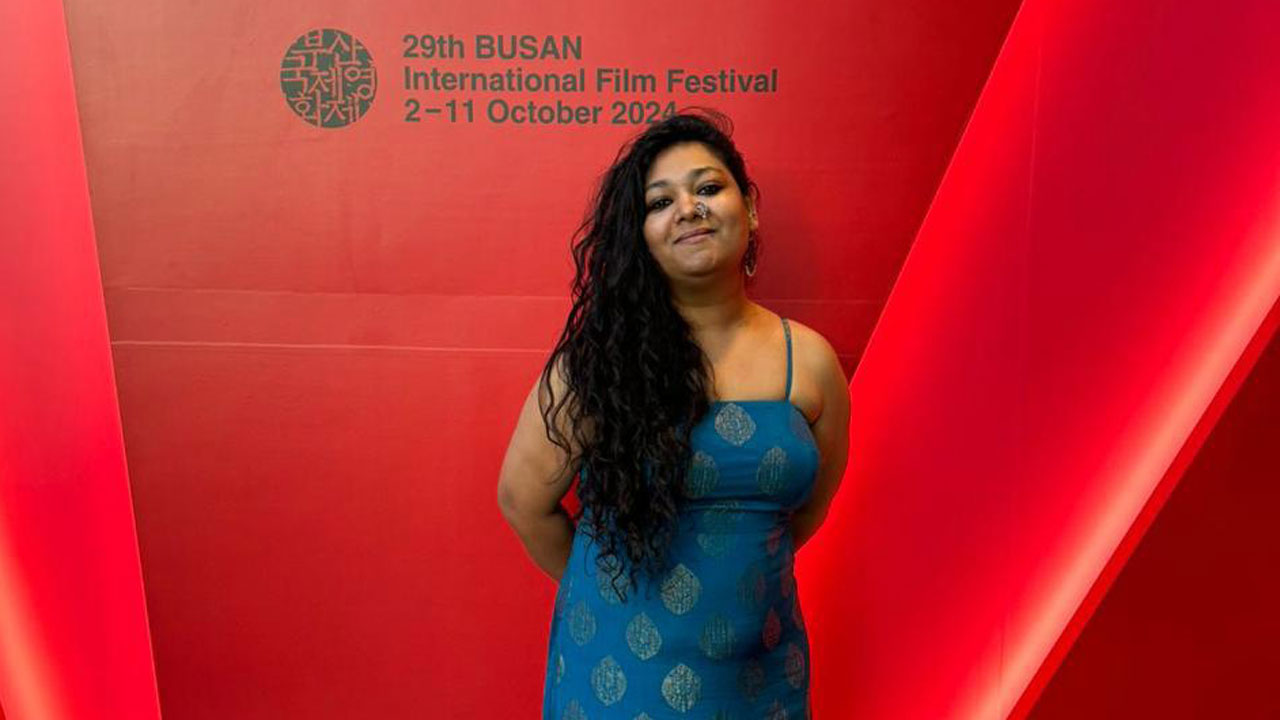The Audiences at BIFF Gets Captivated by Nidhi Saxena’s Sad Letters!
A Jam-Packed audience, full of budding filmmakers, cinephiles, and critics. The intriguing questions about the process, the source, and inspiration, and the unique usage of sound & colors. Highly appreciated for such a personal subject and the maturity of an established filmmaker, even though this being the debut film. Questions were asked on the source of these images, were it the memories, or dreams to which Nidhi answered cinema is the only way she can conserve all the memories of the life she has lived. Many of the images are part of her dreams, and many times the imagery about the same memories changes, which is also in the film.
We are the museum of our memories, as that is all we have. But they are not sequential and neither should be films. Films are not always the medium to tell stories, but they have shown time and space, in a way, that they create an experience for the audience, where they can look inside their own memories, and relive them.
There were questions on the unique usage of sounds coming from the space, the protagonist trying to collect sounds from the walls, through a boom mic, as the walls inside the houses have been a witness to all the reality of the lives of its inhabitants, which they never show once they are outside the house, so find the meaning of her unsolved questions, she is looking to record the sounds.
One of the most fascinating aspects of the discussion revolved around the film’s innovative use of sound. A particularly striking scene features the protagonist using a boom mic to collect sounds from the walls of her home—an unusual but poignant act. Saxena explained that for her, walls are silent witnesses to the realities lived within them, especially for women who spend most of their lives confined indoors. “The walls know everything,” Nidhi said. “They’ve seen lives unfold, but they never speak of what they’ve witnessed.” By having her protagonist record these sounds, Saxena symbolically explores the layers of hidden truths and unspoken stories that are so often kept behind closed doors. It’s a way for the character—and the audience—to search for meaning in an environment where answers are scarce.
The excitement continued after the screening with an engaging Q&A session, where Nidhi addressed a variety of questions, delving deeper into the film’s theme. The audience expressed their appreciation for the film, highlighting the impactful use of color and sound that enriched the storytelling experience. Many expressed how each scene evoked personal reflections, connecting with the film on an emotional level.
When questioned about the autobiographical nature of the film, Nidhi acknowledged that while some aspects may reflect her own life, the narrative speaks to a broader experience shared by many women in the subcontinent, who often grapple with feelings of loneliness and confinement within their homes. Regarding a specific scene, she emphasized that cinema should grant viewers the freedom to interpret scenes through their own lenses. “Cinema can instigate or draw attention, but the meaning-making is prerogative of the viewer. The filmmaker should not try to own the meaning, what matters is how the audience relates to the film and the meanings they create for themselves,” Nidhi remarked.
By Keerti Kadam


